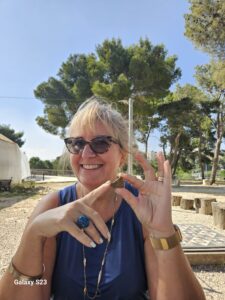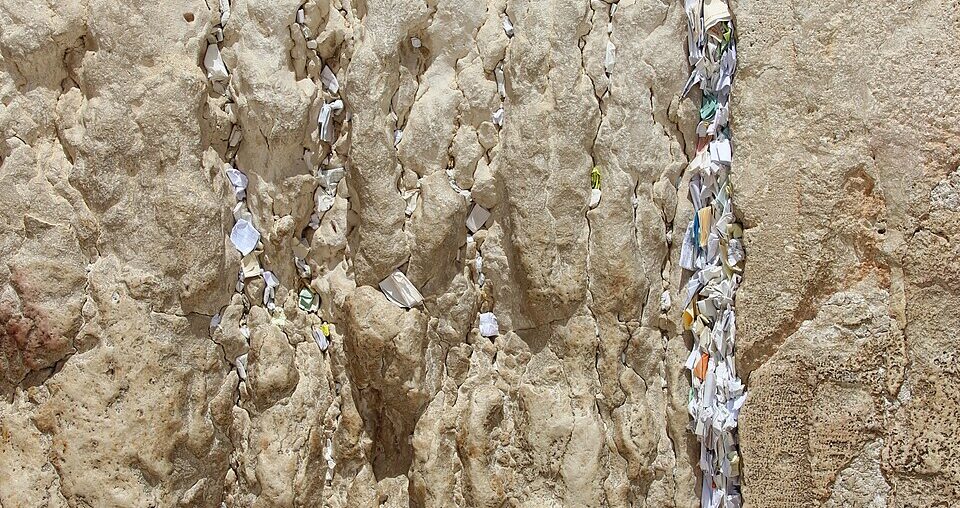The story was definitely in the “too unbelievable for Hollywood” category. In 1999 the Wakf, the Muslim religious body that oversees the Temple Mount, decided that a new emergency exit was needed for the mosque. They began illegally digging without the requisite clearance from the authorities who conduct a salvage archaeological survey on any building site. As a result, ten trucks of earth and the artefacts within, were dumped as garbage in the nearby Kidron Valley. A young archaeological student saw the trucks on the move and alerted his professor. Knowing the unlikelihood of ever being given permission for a “proper” dig at the Holy of Holies, and recognising that amazing finds might be contained in the rubble, the ten truckloads were gathered in one place and – in 2004 – the Temple Mount Sifting Project began. It is performed entirely by volunteers. Supervisors say there are three truckloads left to go.
The day before Rosh Chodesh last month, I spent a two-hour session sifting dirt from Har Habayit, the Temple Mount, considered the holiest site in the world. After a 10-minute orientation on what to collect and roughly what it looked like – stone, glass, pottery, bone – I had a sifting tray, a water gun (cool!) and a bucket of dirt. It was meditative, and physical, and glorious, to be standing on Mount Scopus overlooking the Old City and seeing the Dome of the Rock, while sifting for treasures from deep within it. Of course I wanted to match the best find ever made there – a half-shekel coin used as a tithe from the 1st year of the Bar Kochba rebellion – but I would have settled for another awesome find, a WW1 Australian uniform badge. While not that impressive, I did get to shout “Eureka” upon my most significant discovery, an 8th Century pottery shard with clear Assyrian decoration. At the end of my shift I was quite weary, and streaked with reddish clay. I thanked my guides and made my way back to my hostel.

At 6am the next morning I was at Liberty Bell Park to meet the bus organised by Women of the Wall to take us to the Kotel for a Rosh Chodesh service. I was prepared for the hassle of getting in and the jeers of some who object to a group of women praying together and reading from Torah, but I was not prepared for the transformative power of Hallel that day. I gazed up at the Western Wall singing “the stones the builder rejected have become the cornerstone” (from Psalm 118:22) knowing that only 15 hours prior I had held those rejected stones in my hands and was now looking at the remnant of the glorious set of buildings they had been. Everything lands differently in Israel but I feel that Hallel moment will remain with me each time I have occasion to recite it.
Marlo travelled to Israel as part of National Council of Jewish Women Australia’s 2025 Mission.

